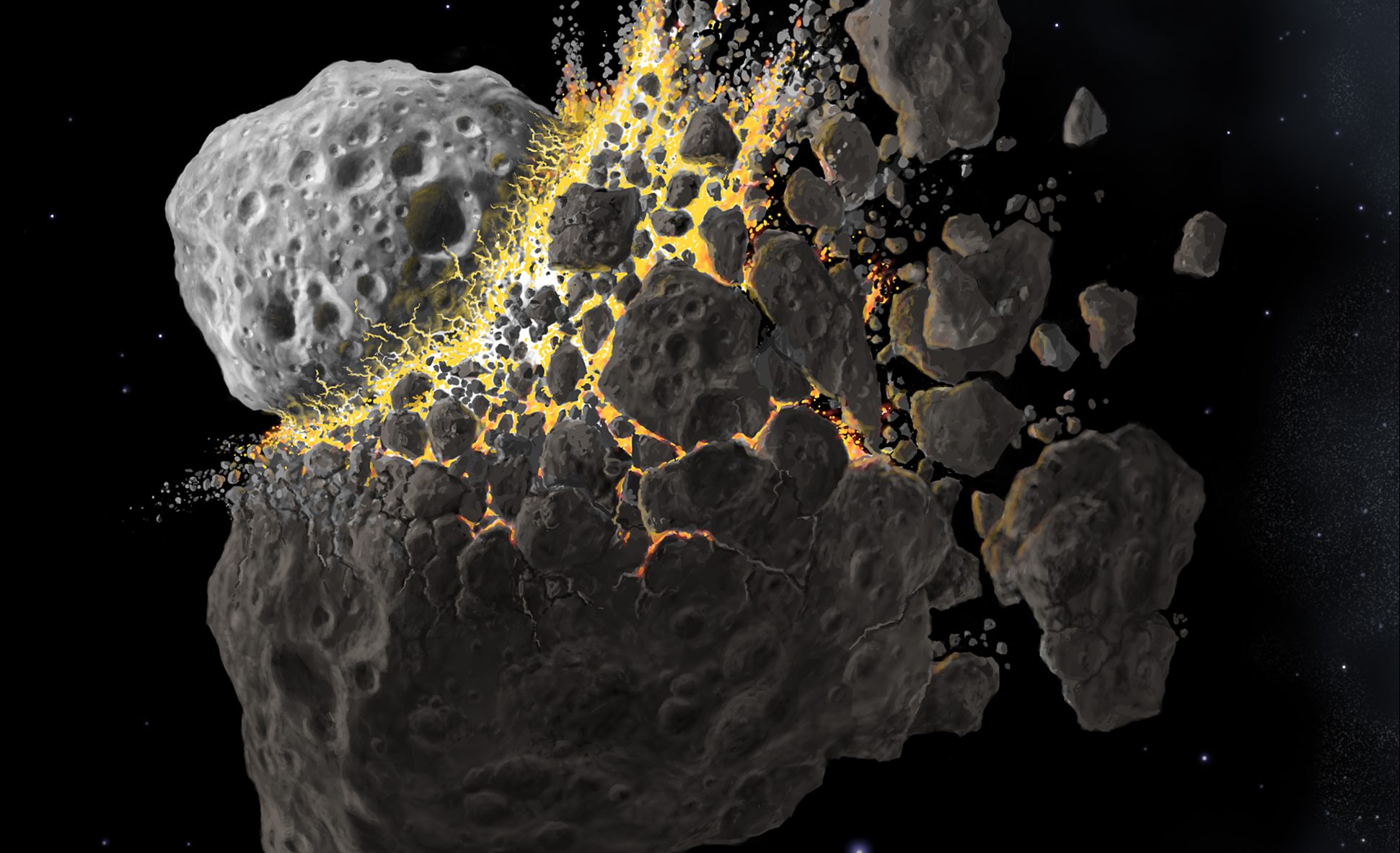UF astronomer discovers the previously unknown origin of some asteroids.
Emeritus professor and astronomical theoretician Stan Dermott has made a remarkable discovery about the origin of asteroids.
Dermott, who studies solar system dynamics, has been peering into our Universe with all its cosmic dust and other stuff for 45 years. During his long career at UF, he has made significant discoveries, including one that shows the Sun is ringed by a circle of cosmic dust in which the Earth is embedded.
Astronomers know that some cosmic dust derives from collisions of asteroids — magnificently massive bodies of space rock too airless to be planets — that orbit our Sun.
Dermott, now age 75, has never stopped investigating asteroids, their orbits, and their origins.
Astronomers have access to the orbits of 600,000 asteroids in the inner asteroid belt between Mars and Jupiter. The smashing and crashing of these asteroids deep in space create the majority of meteorites that land on Earth. Dermott kept asking himself one simple question: “Do big asteroids have the same orbit as little asteroids?” Everyone assumed they did.
“Why hasn’t anyone asked this question before?” wondered Dermott. More importantly, since an meteorite strike can change life on Earth as we know it, why hasn’t anyone answered this question?
Dermott and his team analyzed the orbits of 200,000 asteroids in the inner asteroid belt closest to Earth. “By demonstrating that the type of orbit depends on the size of the asteroid, we have shown for the first time that all these asteroids, not just those belonging to a few specific families as previously thought, originate from the splintering of a few large asteroids,” says Dermott. “This transforms our understanding of the origin of the meteorites that have crashed to Earth.”
According to Dermott, five or six huge asteroids created by the gravitational collapse of a protoplanetary disk in the inner asteroid belt produce 85 percent of these meteorites. The other 15 perent may also trace their origins to ancient minor planets which came into being the same time as the Earth.
Dermott’s discovery is published in the June 2018 issue of Nature Astronomy.
“This gives us a clearer understanding of the nature of the primordial bodies that formed all the rocky planets in the solar system, including our home, Earth,” says Dermott. “We’ve made a very important discovery that will influence the future of the field.”
To support the people, program, or research featured in this story, please visit
